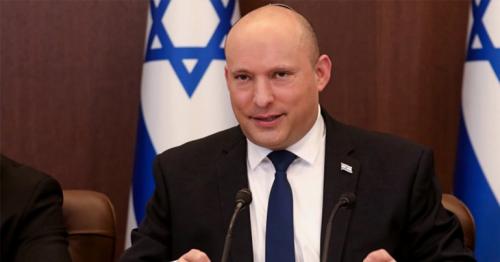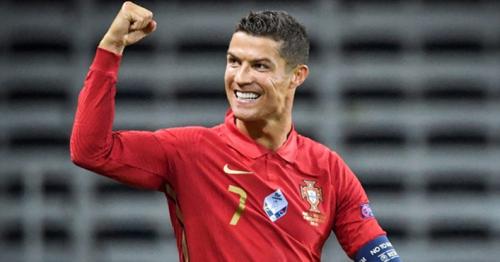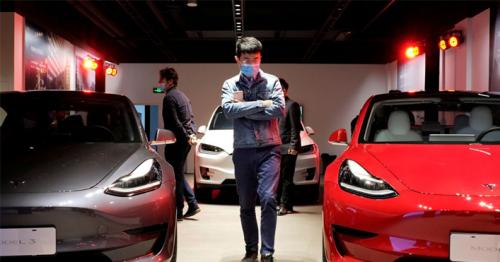Farewell Andrea Pirlo, Football’s last artist in an era of Athletes
For purists of the game, Pirlo is everything that a footballer should be. He is slow, he is weak, he doesn’t head, tackle or sprint, but such is his genius from a technical and mental viewpoint that he is still untouchable.
It is for this reason that Pirlo is particularly worshipped in Brazil – the country where joga bonito was born. Many Brazilians yearn for a return to the days of 1970 and 1982 where free spirits like Rivelino, Tostao, Socrates and Zico revelled in their Bohemian surroundings. Pirlo is the representation of the untainted, carefree, risk-taking football Brazilians wish they still played.
"Andrea Pirlo is the most Brazilian player of all Europeans. He's the first player on the paper if I had to make a dream team,” said former Brazil coach Dunga, ironically one of the first figures to signal the Selecao’s shift towards athleticism.
Indeed, we now live in the age of the athlete. Rule changes, medical advancements, synthetic footballs and the subsequent tactical evolution and increased speed of the game have pushed most artists of Pirlo’s ilk out of the sport. He is more suited to the 1980s when the game was slower, more technical and effective total pressing was still years away.
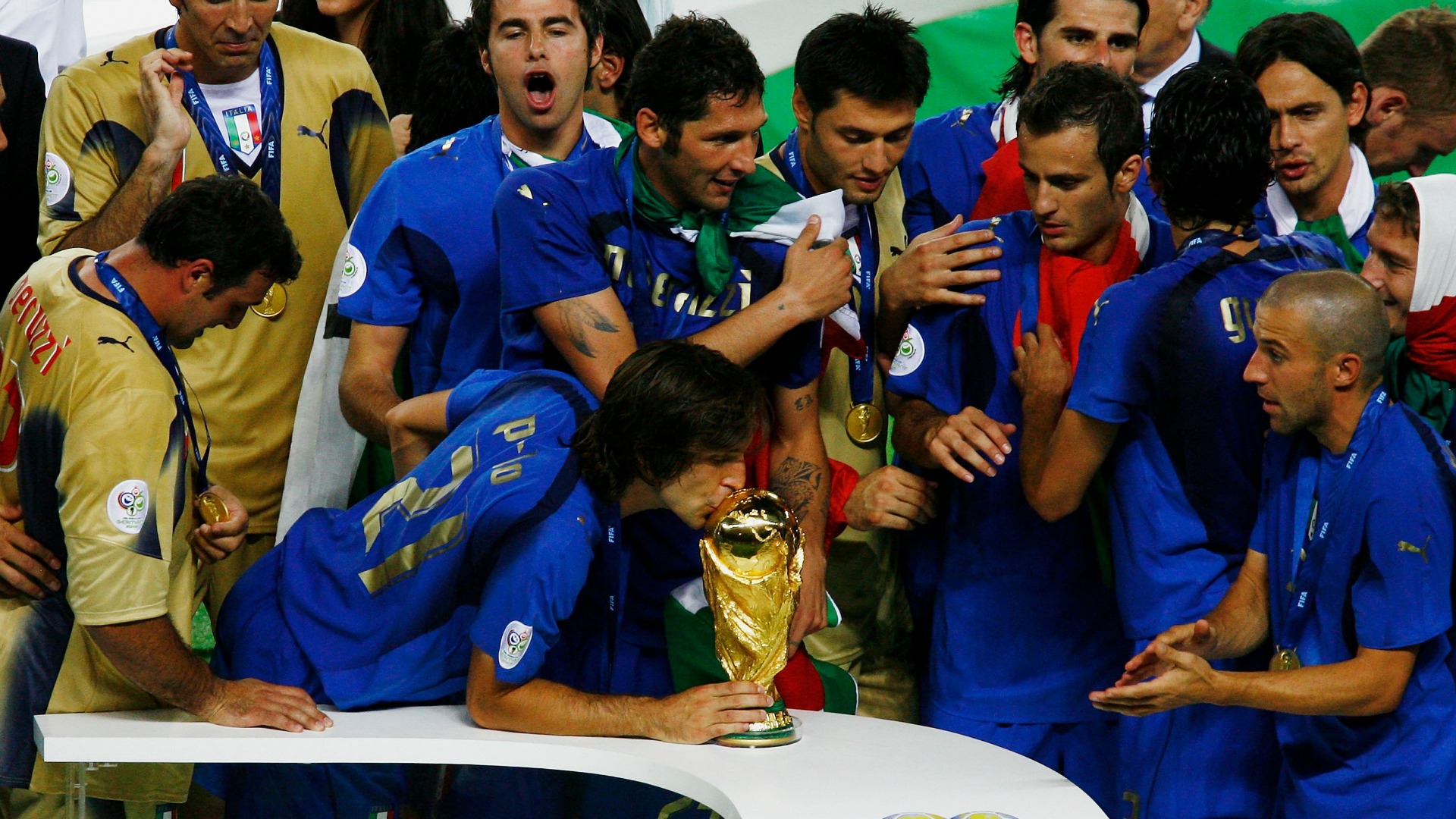
"He's the epitome of class; a man who leads the team using all the weapons that some consider antiquated yet, for me, are irreplaceable: deception, the pause, the fake, precision," said ex-Argentina and Real Madrid star Jorge Valdano. "These are all the exact opposite of that word that is so fashionable today and such a disaster for the game: 'intensity'."
This intensity could have robbed us of Pirlo’s genius, too. As the No.10 position began to become obsolete, Pirlo struggled to nail down a place at Inter. Fortunately, first Brescia’s Carlo Mazzone and then Carlo Ancelotti at AC Milan had the foresight to move Pirlo back from his natural habitat into a deep-lying playmaker role. From there, he could express himself, dictating the tempo and executing his pin-point through passes.
Perhaps no one since Michel Platini has been so accurate and effective when it comes to the lofted chipped ball over the top of the defence. Perhaps no one at all has been as calm and unflustered in possession as the 116-cap international. No matter the quality of the opposition nor the size of the game - there was no such thing as pressure to Pirlo.
“I don’t feel pressure … I don’t give a toss about it. I spent the afternoon of Sunday 9 July, 2006 in Berlin sleeping and playing the PlayStation. In the evening, I went out and won the World Cup,” he famously remarked.
As a regista, Pirlo was the brains and beating heart of one of the Champions League’s best ever club midfields. Together with Gattuso, Clarence Seedorf and Kaka, Milan reached three Champions League finals, a semi-final and quarter-final in five years in the mid-noughties, winning two titles and throwing another two away.
His good cop-bad cop partnership in the middle of the park with the snarling Gattuso was vital as Italy ended a 24-year wait to finally lift a fourth World Cup in the summer of 2006. In Germany, Pirlo topped the charts for assists and man-of-the-match awards. He scored their first goal of the tournament against Ghana with a rasping drive and assisted Marco Materazzi’s equaliser in the final win over France, also scoring in the victorious shootout.
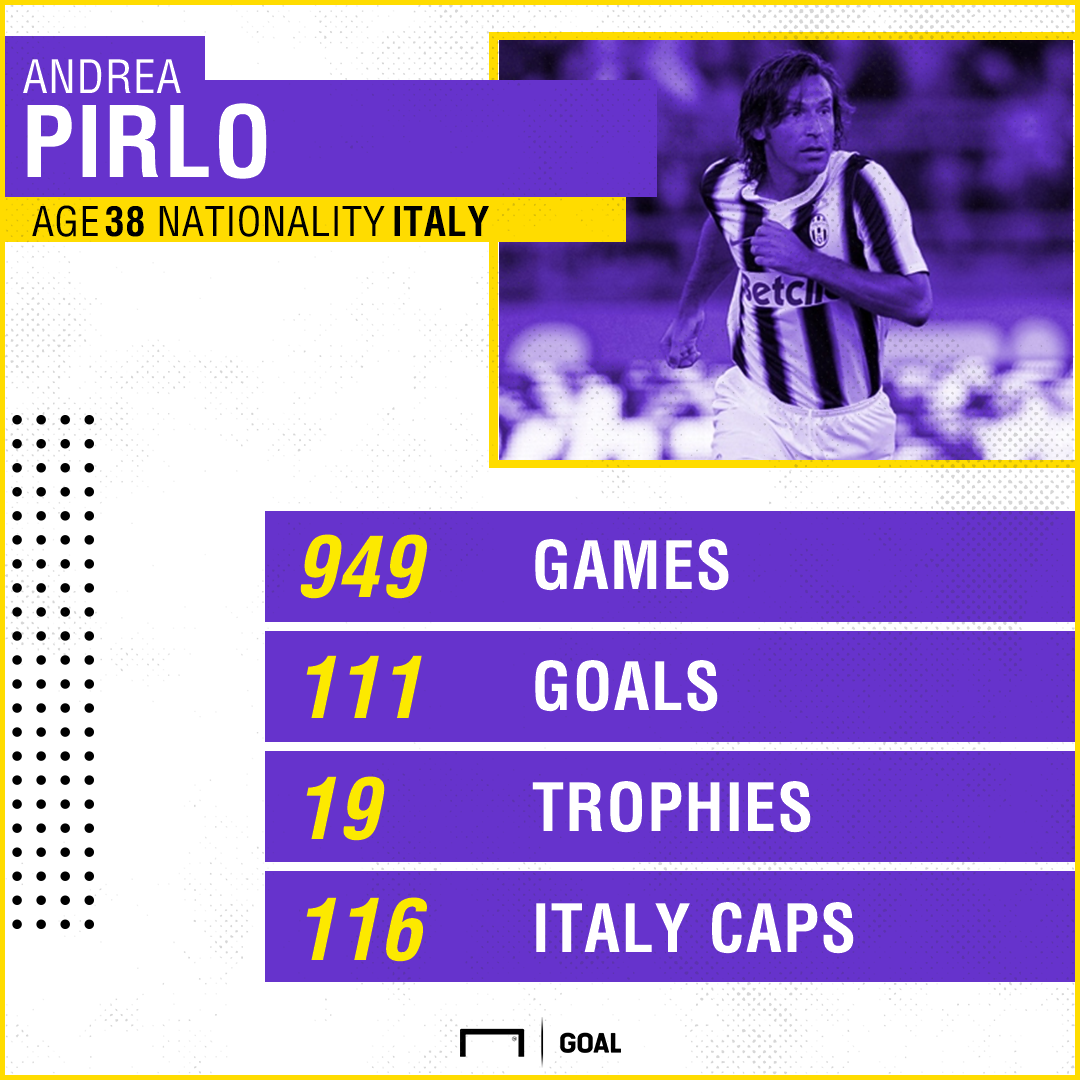
...[ Continue to next page ]
tag: international-news , sports
Share This Post


